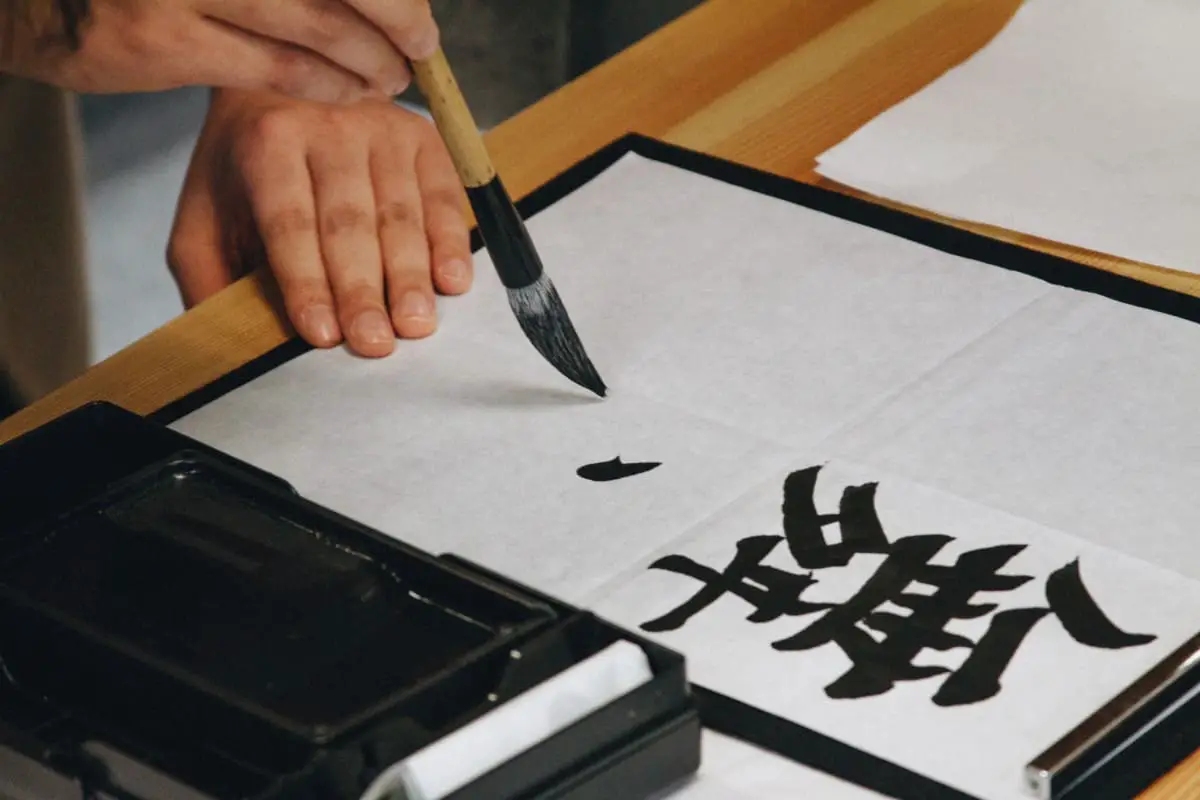The Japanese writing system encompasses three scripts: hiragana, katakana, and kanji. Each script plays a significant role in the names of places and locations in Japan, contributing to their meanings, pronunciations, and cultural significance. In this blog post, we will explore how hiragana, katakana, and kanji are used in the names of places and locations, showcasing the unique characteristics and cultural diversity of Japan.
1. Hiragana in Place Names
Hiragana, a phonetic script, is commonly used in place names to represent native Japanese words, particularly for smaller towns, villages, and natural features. Hiragana names often evoke a sense of simplicity and harmony with nature. They are known for their smooth and flowing characters, giving a soft and gentle feel to the names. Hiragana is used to represent sounds and words that do not have corresponding kanji characters, preserving the authentic pronunciation of the place names.
Examples of Hiragana Place Names: あさひ町 (Asahi-cho), さくら市 (Sakura-shi), なごみ湖 (Nagomi-ko)
2. Katakana in Place Names
Katakana, another phonetic script, is predominantly used for foreign loanwords and onomatopoeic expressions. In place names, katakana is often employed to represent foreign or non-Japanese words, or to create a modern and distinctive image. Katakana names are commonly found in urban areas, commercial districts, and places with international influences. They add a sense of cosmopolitanism and modernity to the locations.
Examples of Katakana Place Names: ショッピングセンター (Shoppingu Sentaa), レストラン街 (Resutoran Gai), エンターテイメントパーク (Entaateinmento Paaku)
3. Kanji in Place Names
Kanji, logographic characters borrowed from Chinese, carry rich meanings and cultural symbolism. Kanji names are often chosen for their significance and associations with specific geographic features, historical events, or cultural heritage. They add depth and a sense of tradition to the names of places and locations. Kanji names can represent natural elements, virtues, or historical figures, reflecting the deep-rooted cultural and historical background of the area.
Examples of Kanji Place Names: 京都市 (Kyoto-shi), 横浜市 (Yokohama-shi), 高山市 (Takayama-shi)
4. Mixed Script Names
Many place names in Japan incorporate a combination of hiragana, katakana, and kanji, resulting in a mixed script. This allows for a balance between preserving the authentic pronunciation and conveying deeper meanings through kanji characters. In mixed script names, kanji is often used to represent the core meaning, while hiragana or katakana may be used for readings or to add additional nuances.
Examples of Mixed Script Place Names: 青森市 (Aomori-shi), 札幌市 (Sapporo-shi), 長崎市 (Nagasaki-shi)
Conclusion
The use of hiragana, katakana, and kanji in the names of places and locations in Japan is a reflection of the country’s rich linguistic and cultural heritage. Hiragana brings a sense of simplicity and harmony with nature, while katakana adds a modern and cosmopolitan touch. Kanji names provide depth and historical significance, carrying the weight of tradition and cultural symbolism. Mixed script names strike a balance between preserving pronunciation and conveying deeper meanings. The combination of these scripts in place names showcases the unique character and cultural diversity of Japan.
